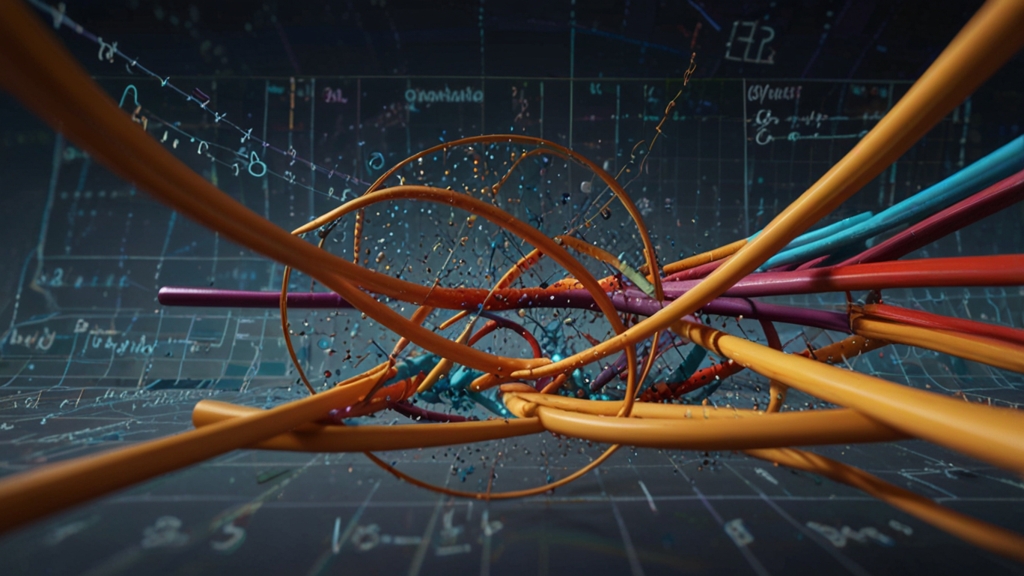The Power of Triangles: Why They Are Everywhere
Triangles are more than just a basic geometric shape that many learn about in elementary school. They are, in fact, a foundational element in various fields, from engineering to art. The ubiquity and importance of triangles stem from their unique properties and versatile applications. Here, we delve into why triangles are everywhere and the power they hold in different domains.
The Geometry of Stability
One of the most remarkable properties of triangles is their inherent stability. Unlike most other polygons, a triangle doesn't change shape unless its sides are physically altered. This is why engineers and architects rely heavily on triangles when creating stable and strong structures.
"The triangle is the only polygon that will not shift under pressure, making it an indispensable shape in construction and design." — Structural Engineer's Handbook
This principle can be seen in trusses for bridges, the framework of buildings, and even in simple devices like tripods. By using triangles, constructors ensure that the weight and forces are evenly distributed across the structure, reducing the risk of collapse and enhancing durability.
Triangles in Technology
In the realm of technology, triangles play a significant role, especially in computer graphics. The most common method for rendering complex 3D models is through triangulation, which breaks down surfaces into smaller, manageable triangles. This process is fundamental for efficient rendering and manipulation of images in various applications, from video games to simulations.
"By breaking down surfaces into triangles, we can simplify the computational process and render highly detailed images in real time." — Computer Graphics and Visualization Expert
Moreover, the concept of triangulation extends to signal processing and geolocation technologies. Triangulation allows devices like GPS units to determine precise locations by calculating the distance from multiple points, essentially forming triangles to pinpoint an exact location.
Art and Aesthetics
Artists and designers also leverage the power of triangles in their works. The use of triangular compositions can lead to more dynamic and visually interesting designs. The rule of thirds in photography, which relies on dividing the frame into triangular sections, is a testament to this.
Famous artworks, such as Leonardo da Vinci’s "The Last Supper," use triangles to guide the viewer’s eyes through the composition, creating a sense of balance and harmony. The triangle introduces a dynamic quality in art, directing focus and shaping the narrative within the piece.
Triangles in Nature
Triangles are not just human constructs; they are ubiquitous in nature as well. From the triangular arrangement of leaves to the formation of crystals, triangles offer optimal solutions for growth, stability, and energy distribution.
Consider the honeycomb structure made by bees, a near-perfect example of triangular efficiency. These hexagonal patterns are composed of equilateral triangles, which maximize storage space while minimizing the amount of building material needed, showcasing nature’s inherent ability to utilize the power of triangles.
Conclusion
The omnipresence of triangles across different domains underscores their importance and versatility. Whether in the construction of buildings, the rendering of digital images, the creation of art, or the processes found in nature, triangles offer unmatched stability, efficiency, and elegance.
The power of triangles lies in their simplicity and effectiveness. As we continue to seek more efficient and robust solutions for complex problems, the triangle will undoubtedly remain a cornerstone in both practical applications and theoretical studies.








